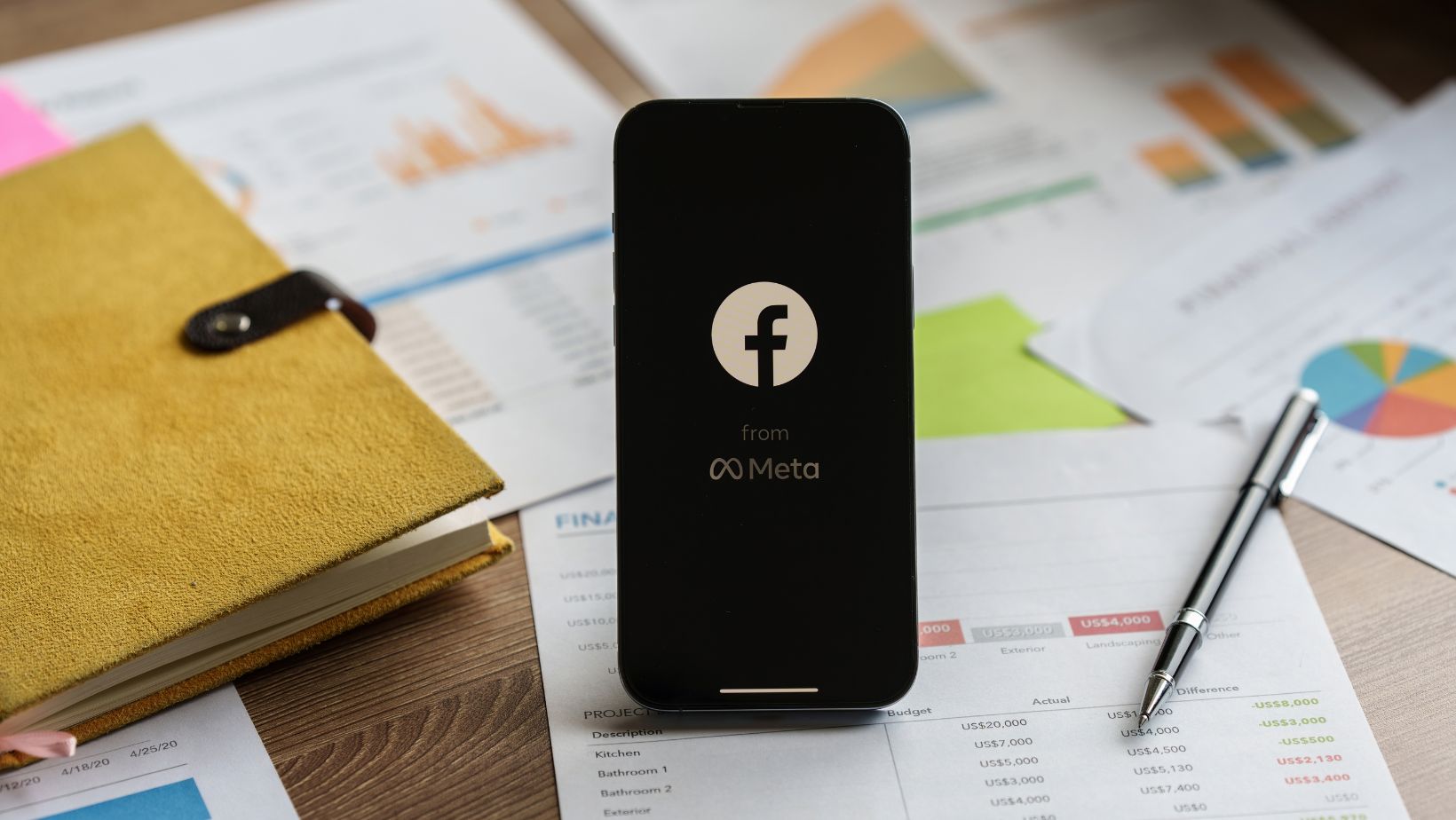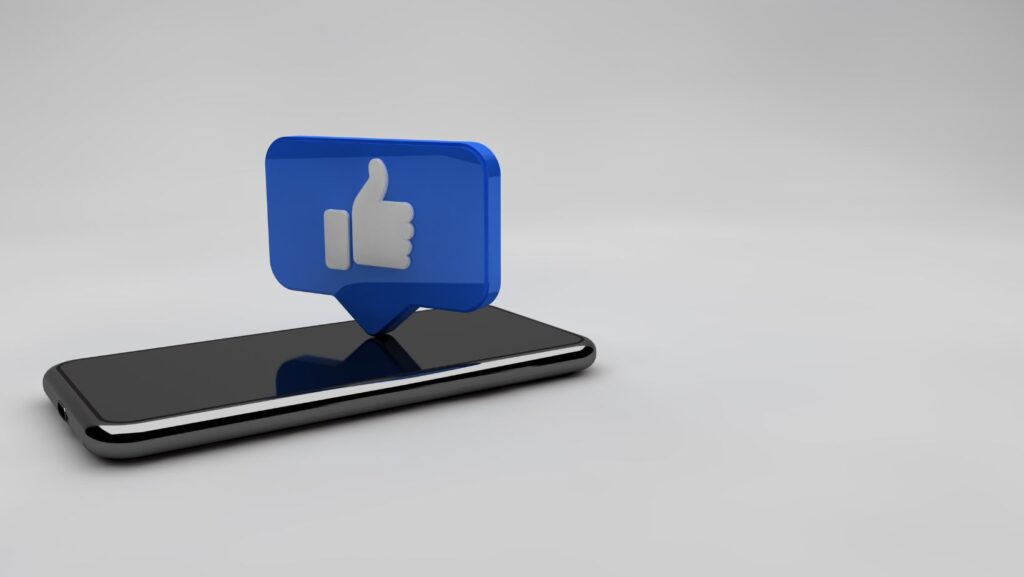Facebook has long been one of the most effective advertising platforms for businesses of all sizes. But with growing competition and changes in Facebook advertising cost, you might be wondering: How much does it actually cost to run ads on Facebook in 2025?
If you’ve ever felt like Facebook Ads pricing is a bit of a mystery, you’re not alone. The cost varies depending on multiple factors, from your bidding strategy to the time of year. In this guide, we’ll break it all down for you in a clear, relatable way—no technical jargon, just real insights.
How Much Does Facebook Advertising Cost?
The short answer? It depends. Facebook’s advertising cost fluctuates based on several factors, including competition, audience size, and engagement. However, if you’re looking for ballpark figures:
The average cost per click (CPC) on Facebook Ads in 2025 is estimated to range between $0.89 to $2.47, depending on industry and targeting.
- The average cost per 1,000 impressions (CPM) typically falls between $5 and $15.
- The cost per lead (CPL) can range from $4 to $78, depending on your campaign setup and industry.
If you’re thinking, That’s a big range!, you’re right. Let’s dig into why costs vary so much.
Facebook Ad Costs vs. Other Ad Networks
Compared to other platforms, Facebook ads pricing remains competitive:
While Google Ads can be more expensive due to high-intent searches, Facebook allows for precise audience targeting, making it a great option for brand awareness and lead generation.
Is There a Minimum Cost to Advertise on Facebook?
Technically, no. You can start with as little as $5 per day. However, if you want real results, you should aim for at least $300-$500 per month for a basic campaign.
If you want to test Facebook ads effectively, a budget of $1.19K to $2.1K per month will give you a better sense of what’s working and allow for optimization.
What Determines the Cost to Advertise on Facebook?
Several factors impact Facebook ad cost. Here’s a breakdown:

1. Budget
Your ad spend affects reach and frequency. A higher budget allows Facebook’s algorithm to optimize delivery.
2. Bid Strategy
You can choose from lowest cost (automatic bidding) or cost cap (manual bidding). Manual bidding lets you control how much you’re willing to pay per click or impression.
3. Objective
- Brand Awareness ads tend to have a lower CPC.
- Lead Generation ads may cost more but drive higher-quality interactions.
- Conversion-focused ads (e.g., purchases) usually have the highest cost but best ROI.
4. Audience
More competitive audiences (e.g., entrepreneurs, marketers) typically have higher ad costs due to demand.
5. Season
Ad prices spike during the holiday season. Black Friday, Christmas, and major sales events tend to increase Facebook ads cost significantly.
6. Ad Creative
Engaging, high-quality creatives reduce costs by improving engagement rates. Poorly designed ads can lead to higher CPCs.
7. Duration
Short campaigns can be expensive due to the learning phase. Running ads for at least 4 weeks allows for better optimization.
8. Industry
Some industries, like finance and insurance, tend to have higher CPCs, while others, like e-commerce, can be lower.
9. Ad Quality and Relevance
Facebook rewards high-quality ads with lower costs. If your ad relevance score is high, you’ll pay less.
Is Advertising on Facebook Worth the Cost?
Absolutely—if done right. Facebook remains one of the most powerful platforms for reaching your audience. Businesses see an average ROI of 1.29X to 2.47X on their ad spend. With 78% of users making purchases after seeing an ad, Facebook Ads can be a goldmine.
However, throwing money at Facebook Ads without strategy is a mistake. Without optimization, even a $5K budget can underperform.
How Much of Your Ad Budget Should You Spend on Facebook Ads?
If Facebook is your primary acquisition channel, dedicating 40%-60% of your marketing budget makes sense. For businesses testing Facebook Ads, starting with 10%-20% is a safer approach.
How to Lower Facebook Advertising Costs
Want to get the best bang for your buck? Here’s how to optimize:

1. Set a Realistic Budget
Start small, analyze results, then scale gradually. Spending $1.19K per month allows for meaningful optimization.
2. Optimize Bid Strategy
Test both automatic and manual bidding. Sometimes, setting a cost cap helps control expenses.
3. Schedule Ads
Avoid running ads 24/7. Running them during peak engagement hours can reduce costs by up to 39%.
4. Narrow Audience Targeting
Refining your audience improves ad relevance, lowering CPC by 20-50%. Avoid broad targeting.
An Inside Look at WASK Facebook Advertising Cost
WASK’s AI-powered ad optimization helps businesses reduce ad costs while improving performance. Here’s what WASK offers:
- AI-driven bid optimization to lower CPC.
- Automated A/B testing to improve ad efficiency.
- Smart audience segmentation to boost ROAS.
- Real-time analytics for tracking costs and conversions.
By leveraging WASK, businesses have seen cost reductions of up to 30% while maintaining or even increasing conversions.
Final Thoughts
Facebook advertising remains one of the most cost-effective marketing strategies in 2025, but costs fluctuate based on strategy, industry, and market conditions. If you want to get the best results without overspending, optimizing your campaigns is essential.
By understanding Facebook ad pricing and leveraging tools like WASK, you can reduce costs and maximize ROI—without wasting your budget.
🚀 Ready to optimize your Facebook Ads? Get started with WASK today!

